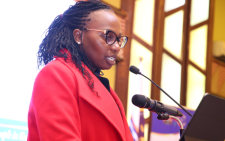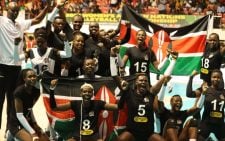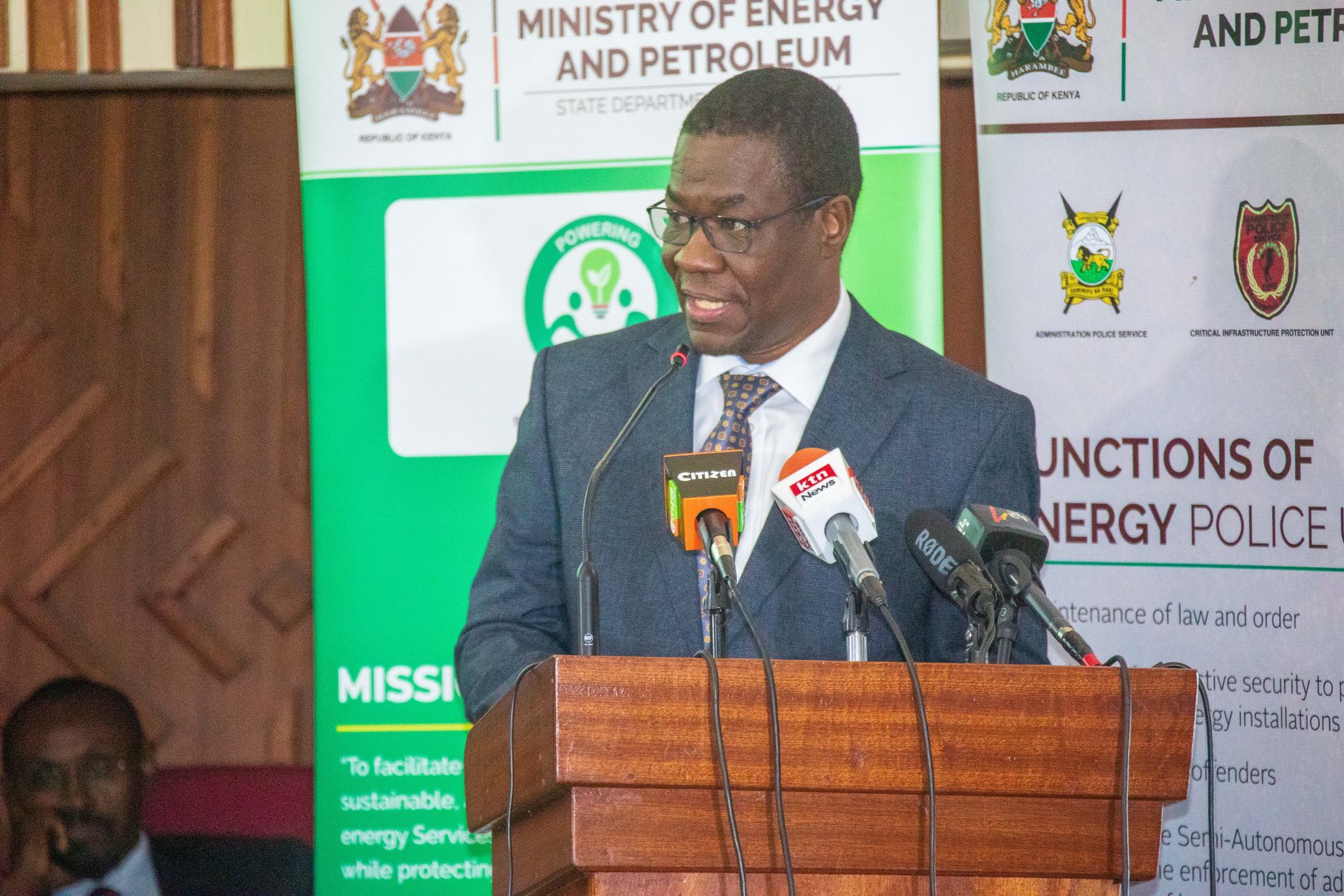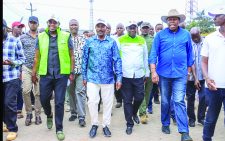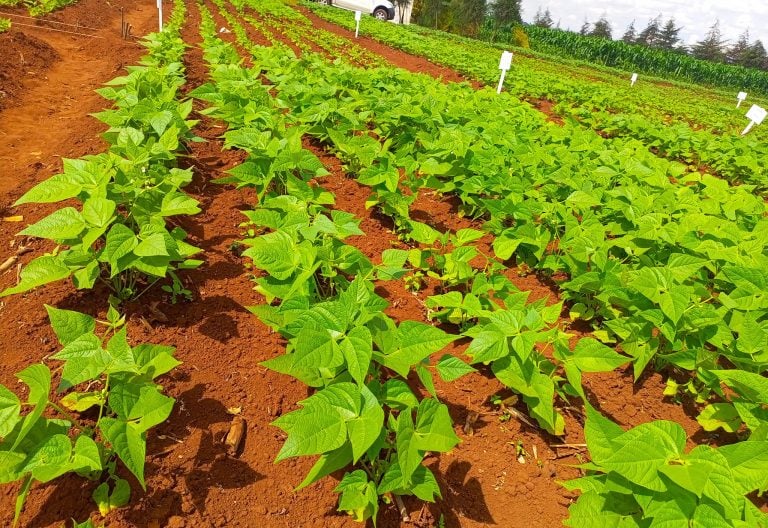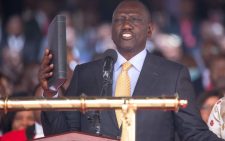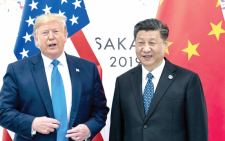No cause for alarm over aid to refugees after US lifts ban
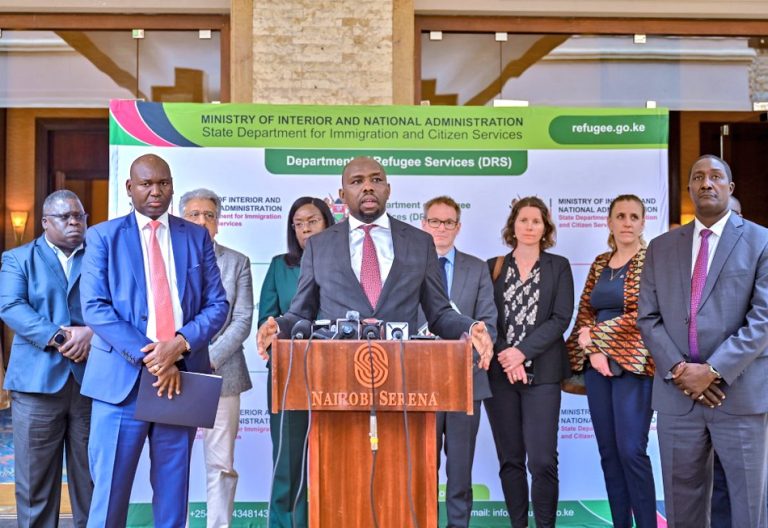
Humanitarian support to refugees in Dadaab, Kakuma and Kalobeyei camps will not be affected after the US lifted the ban on relief funding.
Concerns had been raised over security and welfare issues due to dwindling resources but Interior Cabinet Secretary Kipchumba Murkomen yesterday assured the refugees that they will not be affected.
Murkomen spoke after a closed-door meeting with various ambassadors, High Commissioners, and heads of international financial institutions in Nairobi where he also lauded the continued support from our humanitarian assistance partners, amid the changing donor funding policies.
He added that the donors’ commitment remains vital in easing the burden that Kenya carries by hosting over 800, 000 refugees and also commended the US government for lifting the ban on humanitarian funding.
Integrate refugees
The Minister and envoys from donor countries said the planned Shirika Plan, which seeks to integrate refugees in the daily economic life of the country, will be beneficial, not only to refugees, but also the host communities and the country at large.
“Public participation and fine-tuning of the legal and regulatory framework, which are crucial for the success of the Shirika Plan, are underway,” he said.
The meeting was attended by the US Embassy Charge ď Áffaires and Chair Refugee Donor Group Amb. Marc Dillard, the UN Resident Co-ordinator Dr Stephen Jackson, UNHCR Country Representative Caroline Van Buren, and PS for Immigration and Citizen Services Prof Julius Bitok and other ministry officials.
Under the Shirika Plan, Dadaab and Kakuma refugee camps will be redesigned into municipalities to reduce reliance on humanitarian help from host governments by refugees.
As municipalities in the proposed integration, the current refugee camps will be restructured into modern urban centers with the requisite infrastructure such as roads, water, sewer systems and other necessities.
As a result, refugees will be absorbed into municipalities within the host communities, and the latter will benefit from enhanced socioeconomic investments, including schools, health facilities, roads, and modern markets.
Mobilising resources
In an earlier interview, PS Bitok said the focus now will shift to mobilising resources to implement the Shirika Plan with phase one of the four-year project estimated to cost of Sh115 billion.
The money is expected to come from different partners and donors, including governments and the private sector. It will be channeled not only through the government but also through international NGOs, county governments, ministries, and departments such as the Ministry of Lands.
The enactment of the Refugee Act 2021 provided the foundation.
To anchor the integration, the Turkana and Garissa county governments have also gazetted Dadaab and Kakuma as municipalities to anchor the necessary planning and infrastructure upgrading.
The settlements will be repurposed to favour mobility, freedom of movement, economic inclusion, and refugee participation in the country’s development processes.
The integration of refugees among host communities will enhance local and national security.
“It represents an innovative approach to refugee camps turning them into integrated settlements that support the social economic inclusion of refugees and host communities,” he said.
The Shirika Plan is aimed at realising the objectives of the Global Compact on Refugees (GCR) and the Comprehensive Refugee Response Framework (CRRF).
Kenya has hosted refugees for over 30 years and currently, the number of registered refugees and asylum seekers is about 800,000, primarily from Somalia and South Sudan.
Kenya’s current approach to hosting refugees follows a strict encampment policy that severely restricts refugees’ freedom of movement and access to work permits.
Most refugees live in two large camp complexes in Dadaab in Garissa County and in Kakuma and Kalobeyei in Turkana County.


